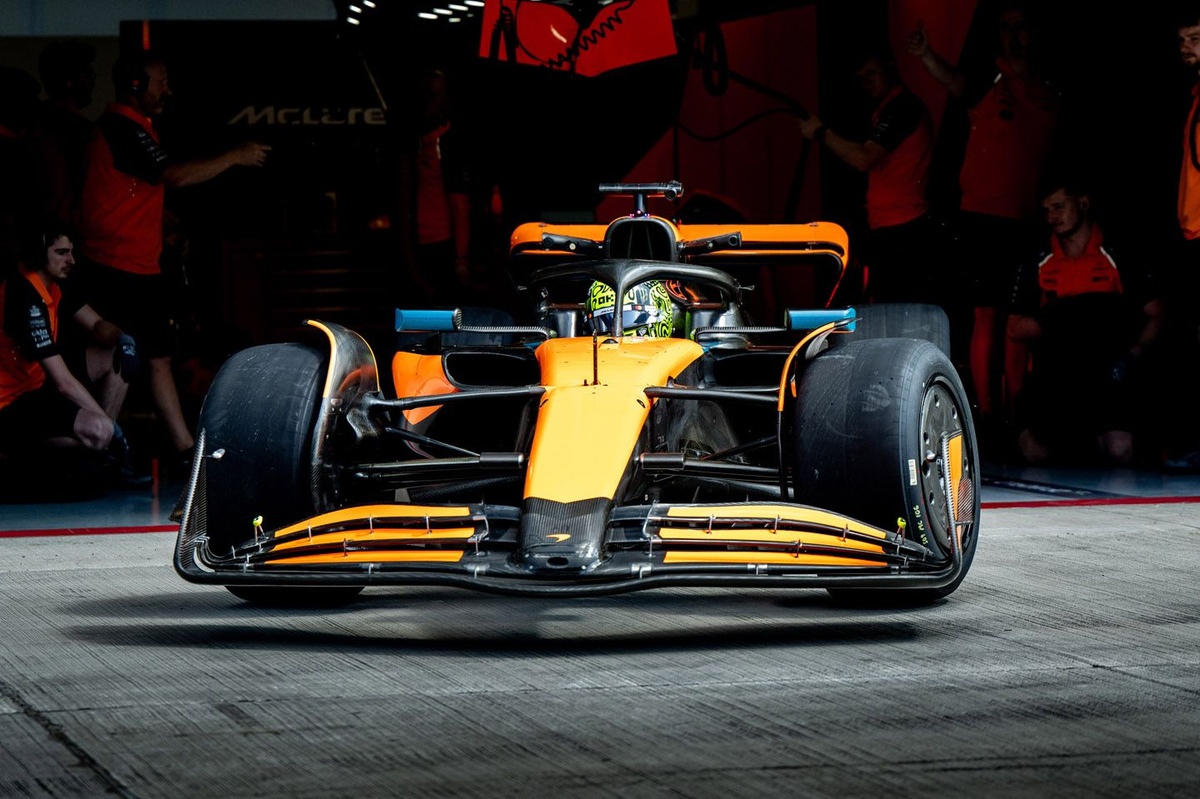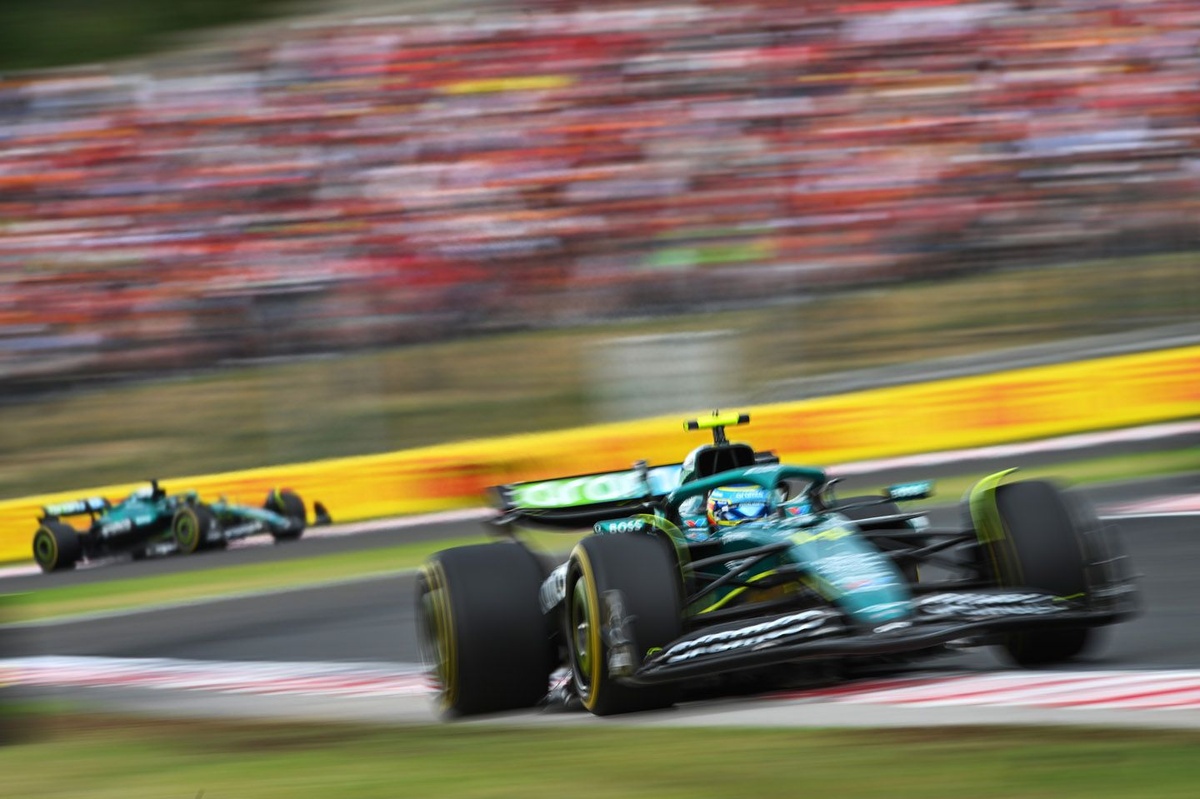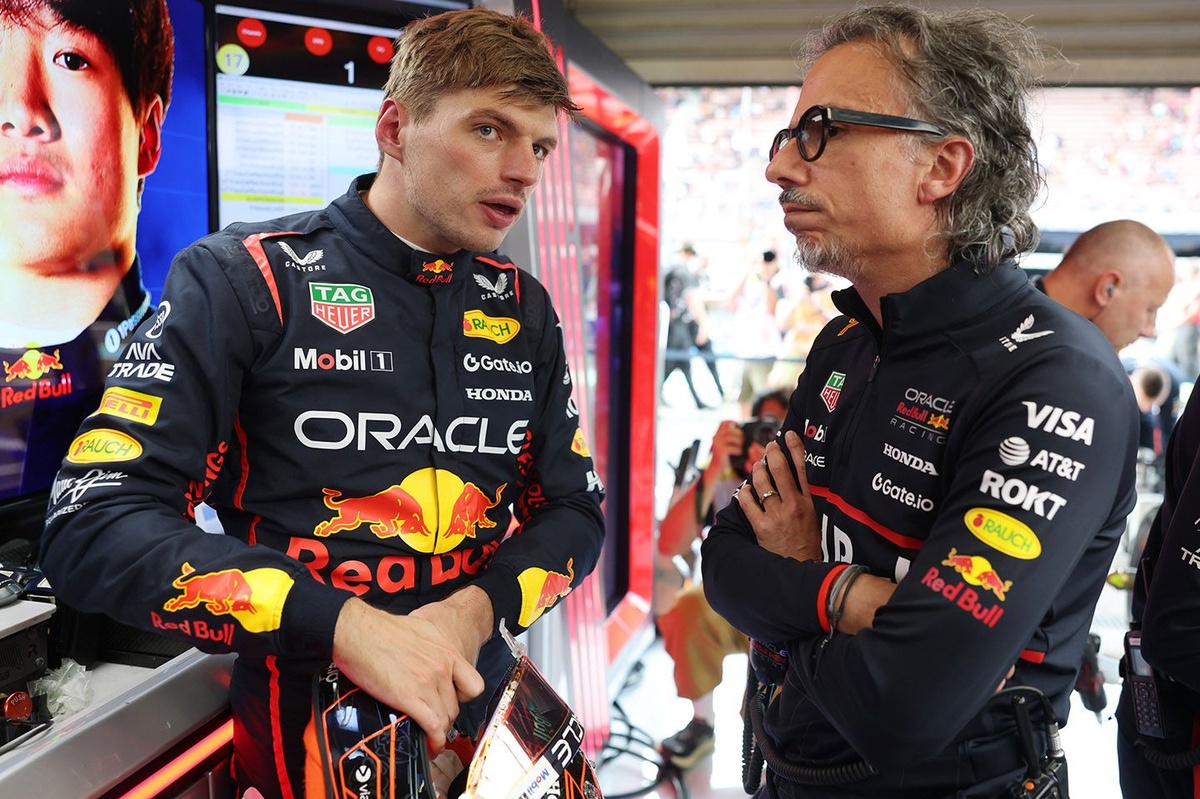Mclaren Optimistic About 2026 F1 Regulations
As Formula 1 gears up for one of its most significant regulation overhauls in history, McLaren team principal Andrea Stella has expressed confidence that the strengths of the MCL39, their successful 2025 model, can inform their approach to the radically different cars expected in 2026. With changes emphasizing a reduced reliance on ground effect and introducing active aerodynamics, Stella believes key elements of McLaren’s design philosophy will endure.
McLaren’s Design Philosophy and the New Era
A Blend of Tradition and Innovation
The forthcoming regulations for 2026 mark a decisive shift in F1, swinging away from the ground effect-heavy designs that have dominated the sport in recent years. Teams are now required to adapt to a flatter underfloor and lower downforce, while also introducing a more substantial electric element alongside traditional internal combustion engines.
Despite this seismic change, Stella is optimistic that certain foundational principles that underlie McLaren’s recent success can still be leveraged. “I think there’s a couple of things that carry over, independently of the technical regulations,” he said. His confidence stems from ongoing commitments to aerodynamic efficiency, effective tyre interaction, and advanced cooling techniques, which remain vital in any competitive F1 car.
Transferable Knowledge Amid New Challenges
Stella emphasized the difference between adaptable knowledge and the processes required to innovate under a new set of regulations. While some aspects of their recent achievements may not directly translate to the 2026 framework, the team’s methodology in pursuing aerodynamic efficiency could provide a competitive advantage.
“There’s a part of the know-how that is transferable… but part of it you have to reinvent,” he added. This statement highlights the ongoing challenge facing all teams as they reset their designs and delve into uncharted technical territory.
The Road Ahead: Challenges and Opportunities
Navigating a Level Playing Field
With the sweeping changes to the F1 regulations expected to level the playing field, Stella acknowledges that the transition requires both adaptation and innovation. “Now we know how we can pursue aerodynamic efficiency… but next year’s floor is completely different,” he pointed out, emphasizing the need for McLaren to acquire new insights that may not draw directly from previous successes.
As McLaren prepares for this transition, the team is acutely aware of both the opportunities and challenges that lie ahead. With new regulations potentially providing a fresh start for struggling teams, the Woking-based squad aims to maintain its upward trajectory and reaffirm its place at the forefront of Formula 1.
Conclusion
As McLaren sets its sights on 2026, the blend of established philosophies and the need for innovation will be crucial. With Andrea Stella at the helm, the team is ready to tackle a new era while banking on the strengths gained from their recent successes. As F1 evolves, all eyes will be on McLaren to see how they adapt and how the 2026 regulations reshuffle the competitive landscape.
For the latest updates in the world of Formula 1, make sure to subscribe to our news alerts and stay informed about both the teams and the technical innovations shaping the future of the sport.





